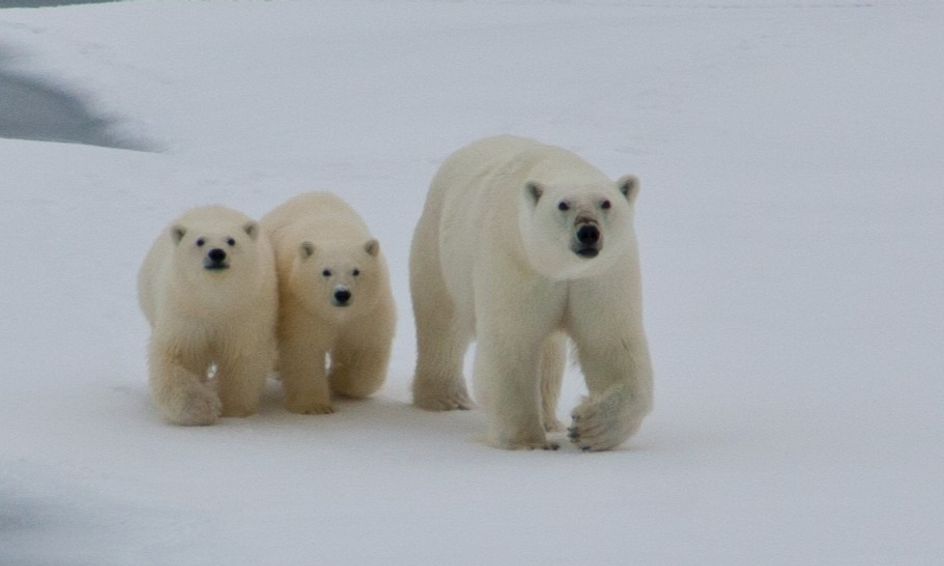Arctic Ocean Animals Adaptations. The international hydrographic organization (iho) recognizes it as an ocean, although some oceanographers call it the arctic mediterranean sea.it has been described approximately. Caribou are members of the deer family.

Worksheets are arctic antarctic activity book, the arctic and antarctic exercises, antarctica adjectives work, a few facts about antarctica, dingo dans arctic animals work, arctic ocean atlantic ocean, arctic adaptations and global impact, section 6 ocean primary production. Antarctic animal adaptations, penguins, seals, krill, whales. How animals are adapted to live in the arctic.
Use Words Andpictures To Show Two Adaptations.
Grey whales migrate thousands of kilometres every year from the cold arctic ocean to warmer waters near mexico. Antarctica is a very harsh and extreme environment though is very rich in wildlife, animals need to have a whole range of specializations to be able to take advantage of the abundant summer food. It spans an area of approximately 14,060,000 km 2 (5,430,000 sq mi) and is also known as the coldest of all the oceans.
Most Of These Animals Lack A Backbone And Are Called Invertebrates.
Life in the arctic includes zooplankton and phytoplankton, fish and marine mammals, birds, land animals, plants and human societies. Blubber and ice animals that live in the arctic region (arctic ocean, parts of canada, russia, alaska, and some nordic countries) are known as arctic animals. These are quite large animals.
From Color Changing Coats To Layers Of Blubber, These Animals Are Prepared For The Coldest Of Winters.
The lessons can also be combined into a polar challenge day. The animals of the arctic ocean the vast area of the arctic ocean is home to numerous fish, mammals and birds. Life on the arctic deep sea floor.
The Blubber Helps The Whale To Keep Normal, Healthy Bodily Temperature.
The arctic summer has daylight 24 hours a day. It is a shifting pack of sea ice 6œ10 feet thick that floats above the arctic ocean.) global warming affects the beaufort sea and its surrounding regions. The north pole this geographical area is located in the arctic ocean, at the northernmost axis of the planet;
Their Thick Fur Coats Have Hollow Hairs.
There are two main polar regions in the world, which are the arctic and antarctica. In this lesson, you will learn about some of the adaptations arctic animals use to stay warm. Animals as large as whales and polar bears come to feed on them.